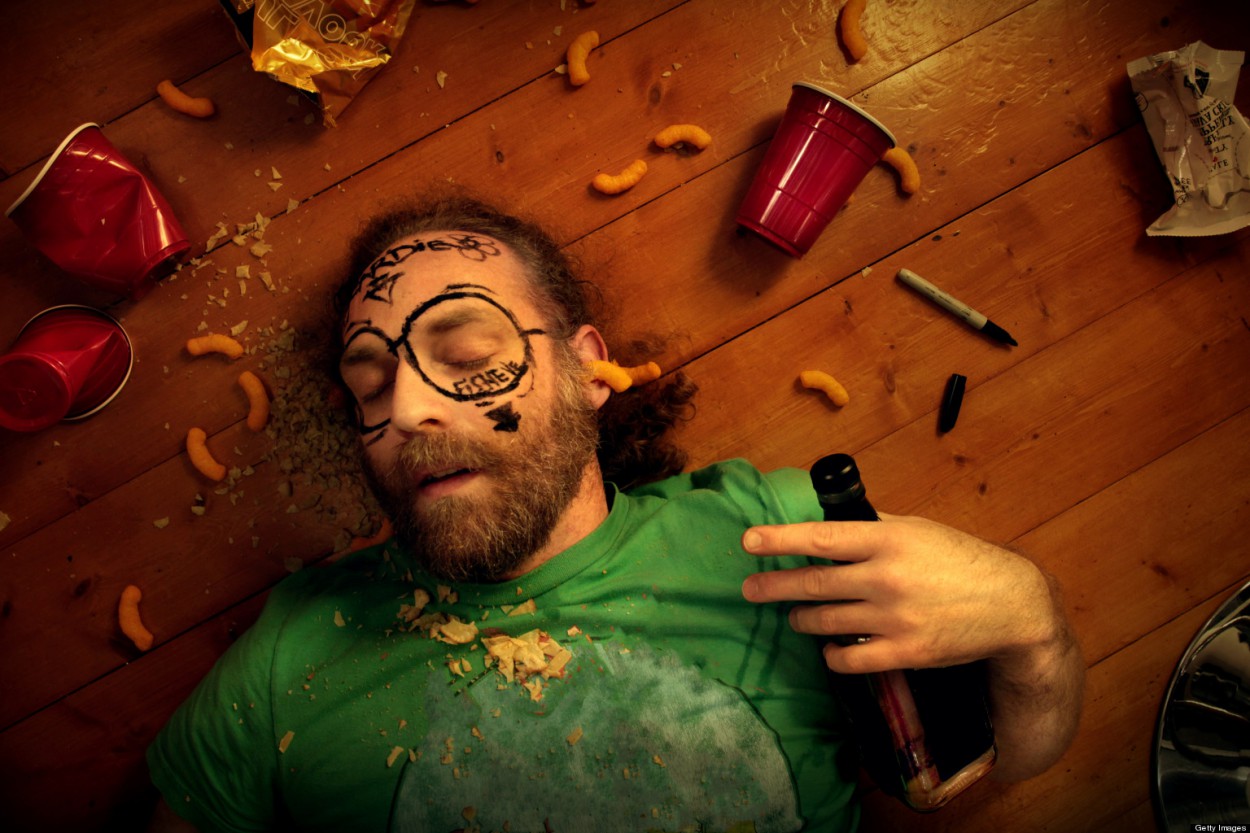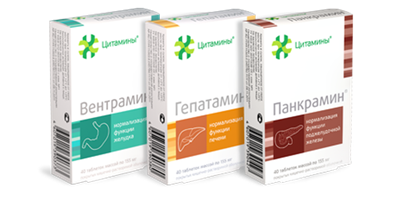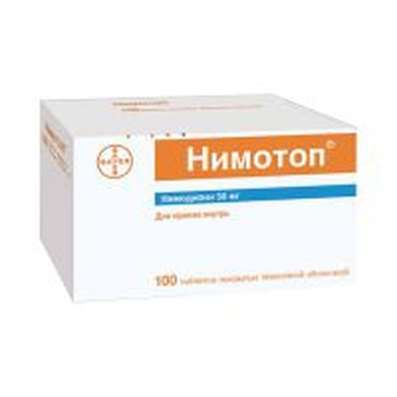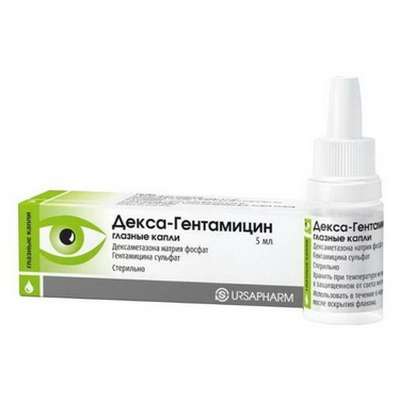What a holiday for people - for narcologist working weekdays
21 Aug 2018
The long-awaited New Year's holidays for the majority are additional holidays, which can be dedicated to personal affairs, family or travel. However, for some, a series of days off turns into hot working days: among them - health workers and especially doctors, drug experts. The demand for the latter in the first days of January is associated with a surge in the incidence of alcohol abuse among the population, manifested in the form of heavy drinking-bouts and poisoning with alcohol-containing products.

According to data, in 2018, more than 2.3 million people with a diagnosis of alcoholism were registered in Russia. The real number of people suffering from this disease significantly exceeds the official statistics - about 10 million. Each year the number of patients increases by about 200 thousand people, and the actual alcohol consumption per capita in Russia is already about 15 liters of absolute alcohol per year .
In patients with alcoholism disturbed functions of various body systems (nervous, cardiovascular, endocrine, digestive tract, etc..); for this reason, treatment is carried out with a combination of psychological effects and drug therapy. When the active anti-alcohol treatment assigned different drugs that promote the formation of a negative reflex reaction liquor, causing at defined doses adverse cardiovascular reactions that alter the metabolism of alcohol in the body and others. As a maintenance therapy using antidepressants, tranquilizers (Phenazepam), antipsychotics and anticonvulsants facilities.
In the group of drugs for the treatment of alcoholism, the unconditional leader is the Calme conditional reflex therapy. The effect of drug therapy is expressed in the formation of the patient's unpleasant sensations from drinking alcohol on the background of taking the drug. The average duration of treatment is 3 months.
Lidevin also has a similar action. Unitiol and the B group vitamins that make up it block one of the enzymes involved in the metabolism of alcohol. Accumulation of alcohol oxidation products in the patient's blood is manifested in the influx of blood to the face, a feeling of nausea and malaise, vomiting, tachycardia (rapid heartbeats), increased blood pressure, which is ultimately directed toward the formation of aversion to the smell and taste of alcoholic beverages.
Against the background of increased retail sales of Phenotropil, Kolme and Lidevin, sales of Antaxon and Esperal drugs decreased.
Esperal is one of the most famous disulfiram preparations in Russia; the form of its release provides for both oral and parenteral administration. The latter - also known as "hemming" - is a subcutaneous implantation of the drug. The surge of those wishing to undergo this procedure according to statistics reaches a maximum in November-December of each year - on the eve of New Year's festivities.
After the cessation of taking alcohol or reducing its number with prolonged or prolonged drinking increases abstinence syndrome. Its uncomplicated forms are known to the townsfolk as a hangover, critical states (delirium) - as a white fever.
One of the groups of drugs used for abstinence, are antidotes. For a long time, drugs based on Unithiol, a substance capable of binding not only arsenic compounds and salts of heavy metals, but also products of alcohol metabolism, proved themselves in narcology. The standard forms of thiol preparations are injections used for emergency detoxification.
The most famous among the homeopathic medicines used in the treatment of the withdrawal syndrome is Proproten.
The decrease in consumer demand for homeopathic remedies in the treatment of withdrawal symptoms can be attributed to the skeptical attitude of many drug treatment doctors to these drugs, as well as to the lack of practice of their active prescribing for abstinence. A sufficiently high level of sales of Proproten is maintained by the manufacturer through active exposure to consumers through advertising in the media.
In addition to antidotes, other groups of drugs are used in the treatment of alcohol withdrawal: sorbents (Polysorb MP, etc.), hepatoprotectors (Heptral, Methionine), vitamins (mainly group B), nootropics (phenotropin, glycine), regulators of water-electrolyte balance (Regidron) and various analgesics.
There are hundreds of popular recipes that help to overcome the withdrawal syndrome - a hangover. A lot of materials are devoted to discussing the effectiveness of each of them, especially on the eve of the New Year celebration.
The results of a study devoted to the study of the effectiveness of various agents for the treatment of abstinence were published. Scientists have investigated the effect on the human body of a number of products and medicines: aspirin; bananas; complex of vitamins B, C and calcium; cocktail "Bloody Mary"; cucumber brine; calcium carbonate; activated carbon; cocktail "Ruff" (vodka + beer); coffee; cysteine; physical exercises; fresh air; Freshly squeezed fruit juices; ginseng; green tea; honey; Baths; ibuprofen; milkshake; multivitamin complexes; paracetamol; succinic acid, etc. Alas, scientists have not revealed reliable facts proving the unconditional effectiveness of any of the listed objects of research in the treatment of hangover syndrome.
Thus, the verdict of professionals in this field - drug treatment doctors - is quite severe: the only way to avoid abstinence is not to drink altogether. Otherwise, the reaction of the body will manifest immediately. The characteristics of the condition will depend on the individual sensitivity of the organism, as well as on the alcohol content of the drinks consumed.

 Cart
Cart





